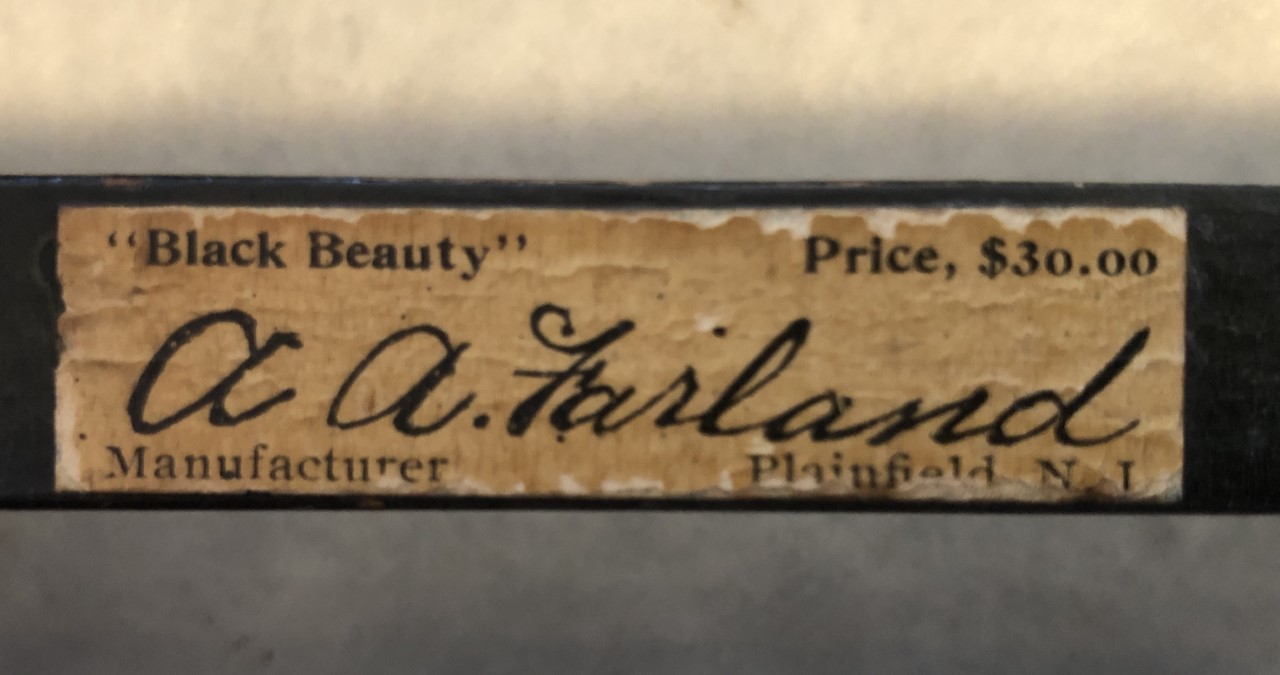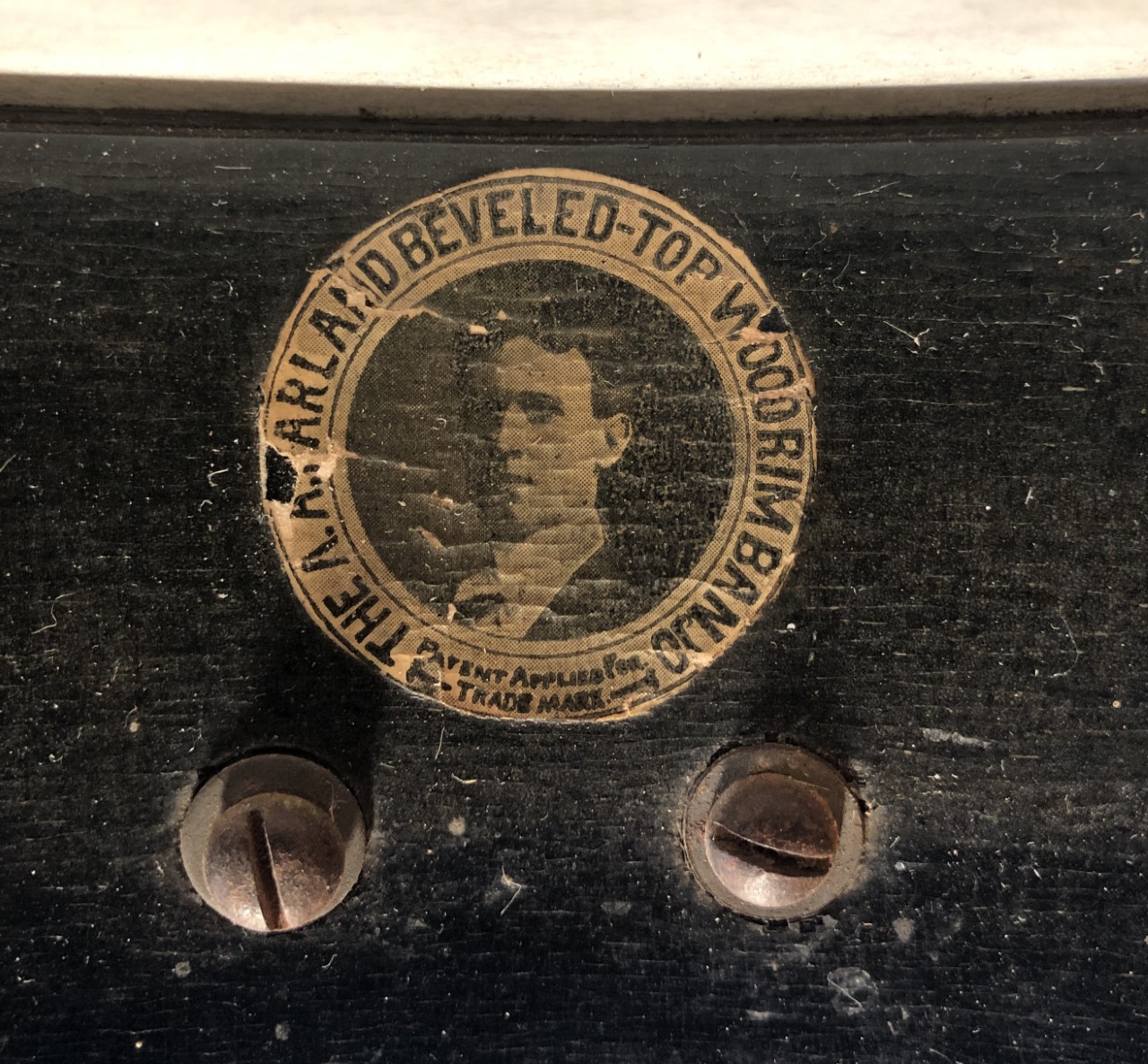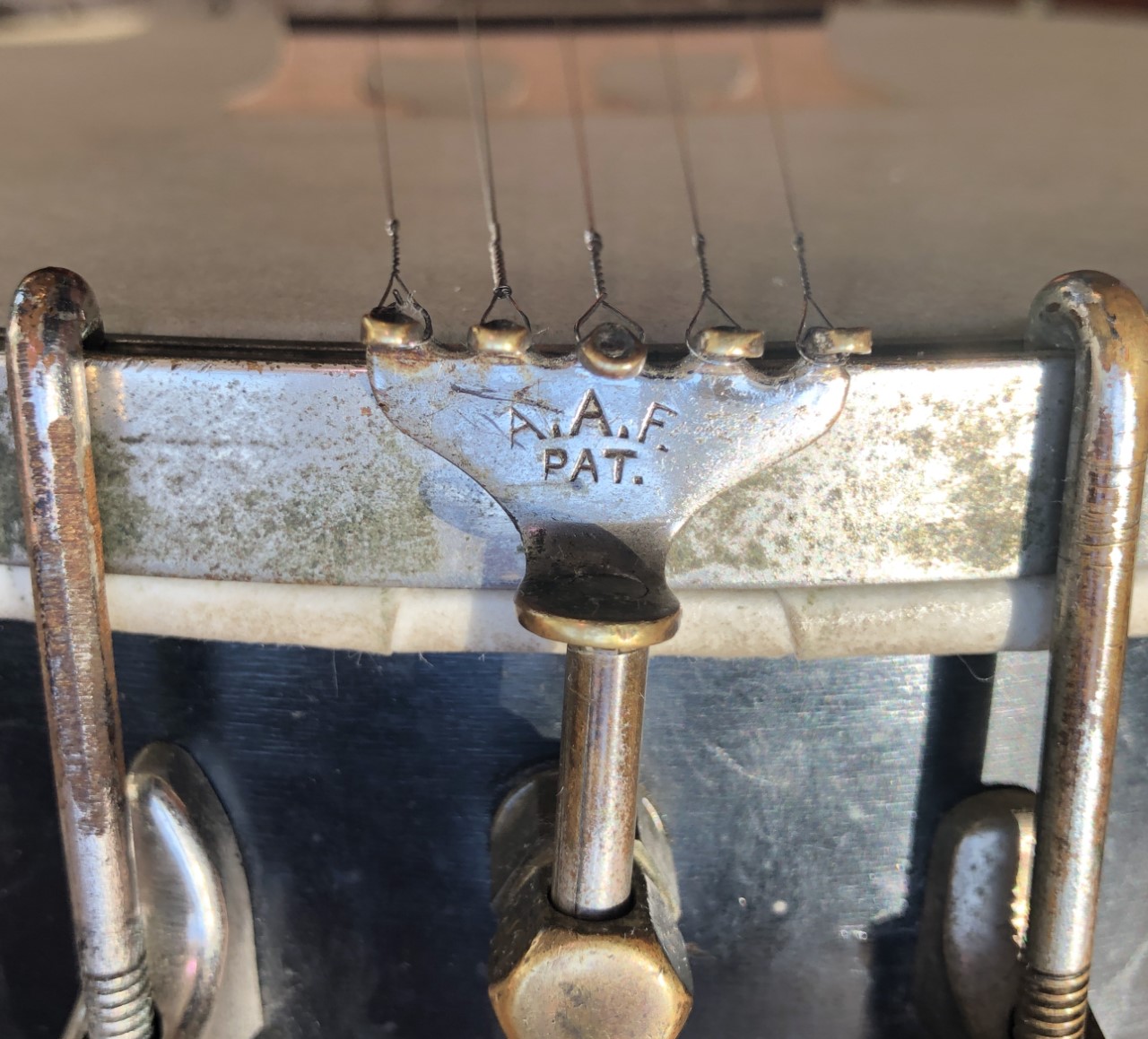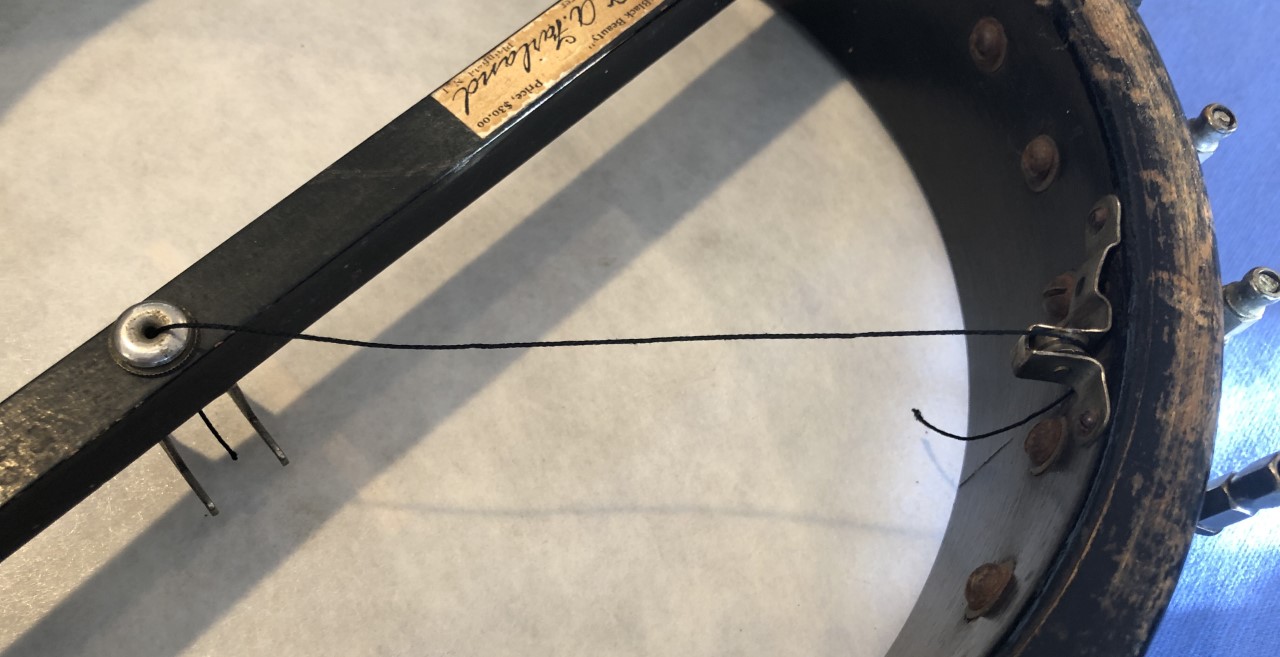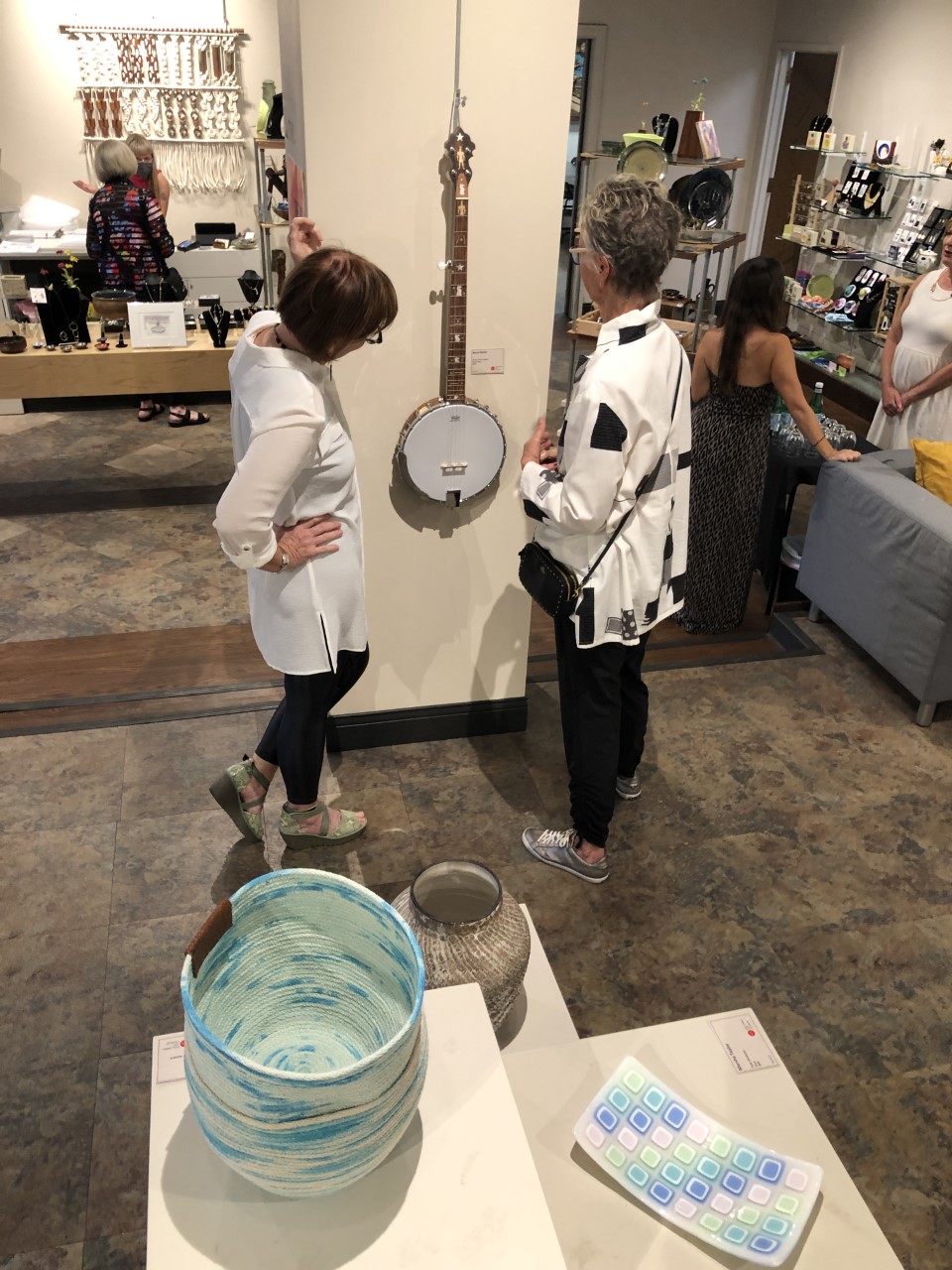The “Gift of Art” winter show at the community gallery is a members-only mid November tradition that opens annually at the beginning of the Holiday season. The BRC craftsman submitted a “Snowy Owl” themed banjo to the exhibit. This large and solitary bird lives in the high Arctic tundra. A thick layer of feathers insulate the avian, including its feet, from the bitter North Pole temperatures. The Snowy Owl hunts both day and night and lives on a diet of mostly lemmings eaten whole. The young owlets are darker, and males get slowly whiter with age- sometimes almost pure white. The females, however, are festooned with rows of dark feathers giving them an almost checkered coat. Snowy Owls nest on the ground and sleep with one eye open. They can fly at speeds approaching 50 mph. The scientific name for this arctic avian is Bubo scandiaca. A plurality of owls is called a parliament.

On the peg head beneath the North Star, a Snowy Owl perches above the truss rod cover which bears a snowflake and crystal of ice. Dark juvenile owlets are seen on the fretboard beneath northern stars, and more snowflakes and ice appear at the 5th fret space. On the evening before the exhibit was hung, a caller phoned the gallery and inquired if a BRC banjo was submitted to the show. She was advised- yes; and so she requested and was sent the entry form photo of the banjo. The caller then promptly purchased the Snowy Owl without having seen it in-person, and she agreed to retrieve it after the gala opening reception. It was destined to be a holiday gift for her husband.
On the eve of the Winter Show opening, the BRC craftsman and Bluegrass pals (below) entertained a Senior Center throng with a seasonal pre-Thanksgiving performance.
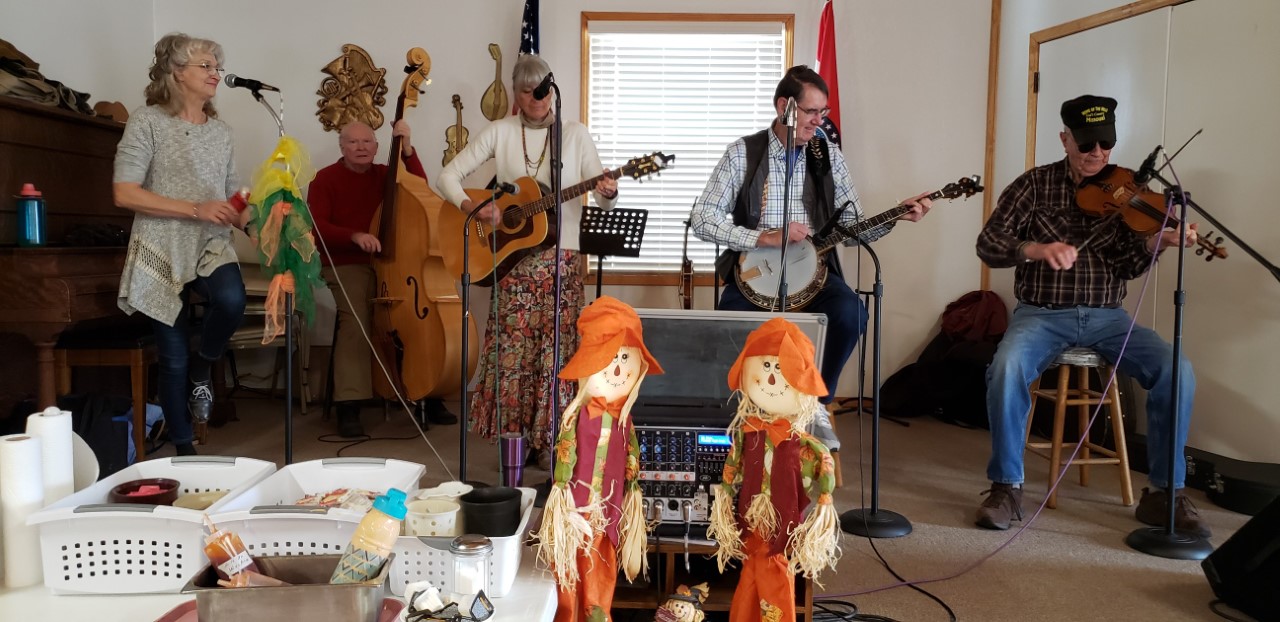
On the following evening at the gala art league reception, members and guests (below) examine the already sold wintry owl themed BRC 5-stringer.
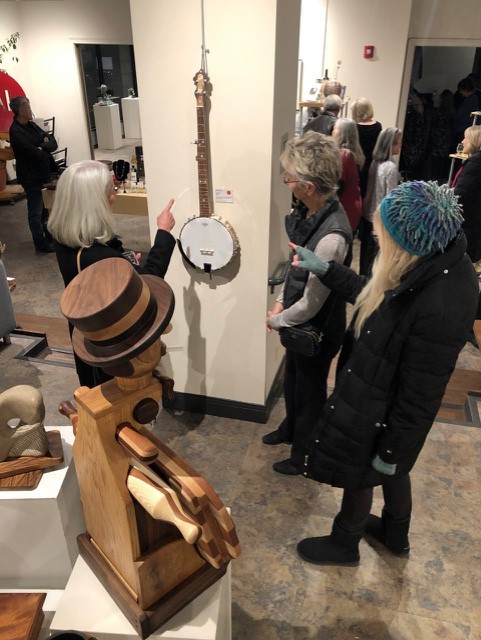
From the BRC: Have a restful Thanksgiving holiday.



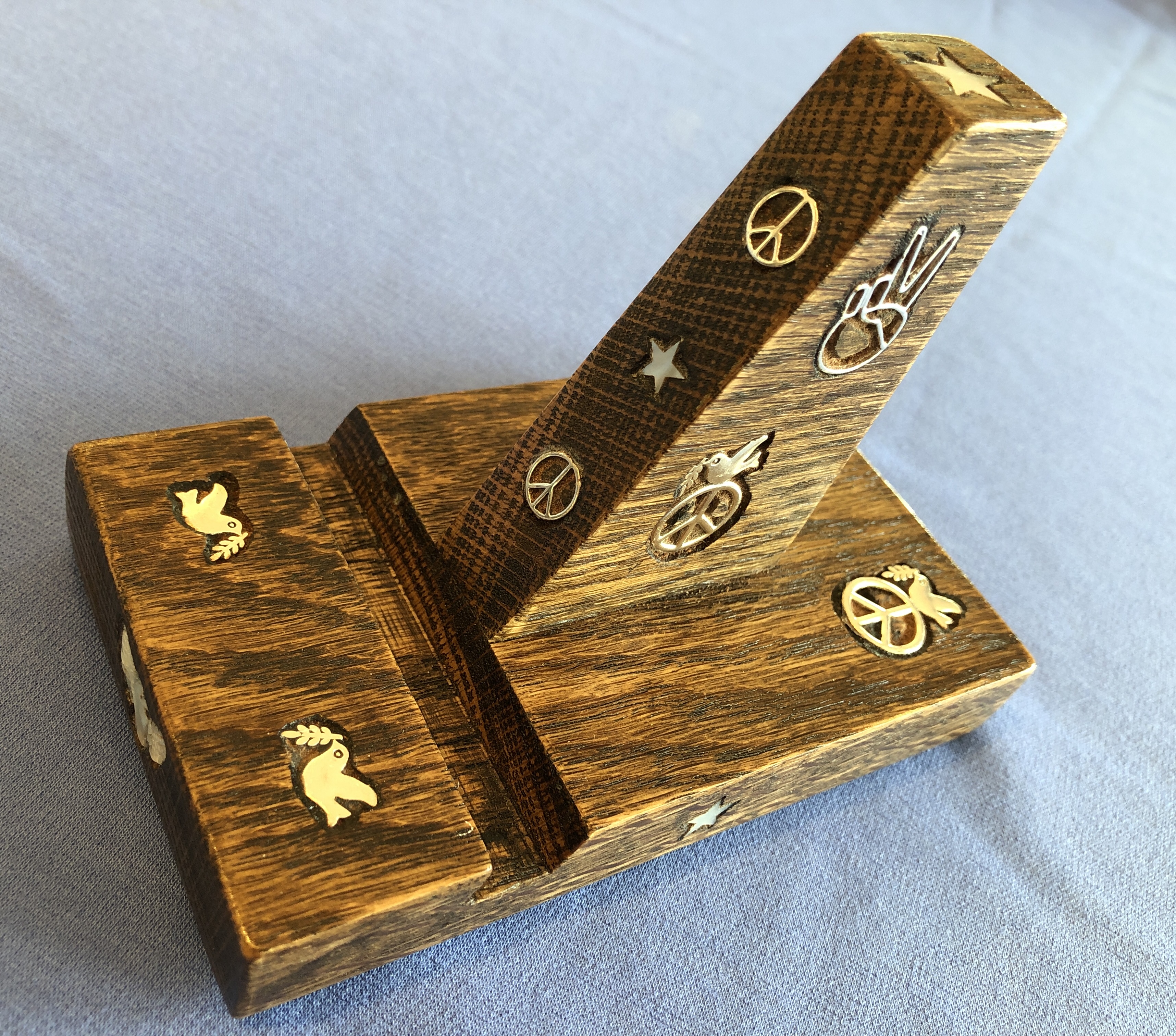 In the adjucated competition, the BRC spouse was awarded a blue ribbon and cash prize for her oil painting which promptly sold. A retired nurse and self-taught artist/instructor, she is no stranger to first-place laurels. But, to our mutual surprise, the BRC craftsman’s “Peace on Earth Cell Perch” also won a blue ribbon and cash prize
In the adjucated competition, the BRC spouse was awarded a blue ribbon and cash prize for her oil painting which promptly sold. A retired nurse and self-taught artist/instructor, she is no stranger to first-place laurels. But, to our mutual surprise, the BRC craftsman’s “Peace on Earth Cell Perch” also won a blue ribbon and cash prize
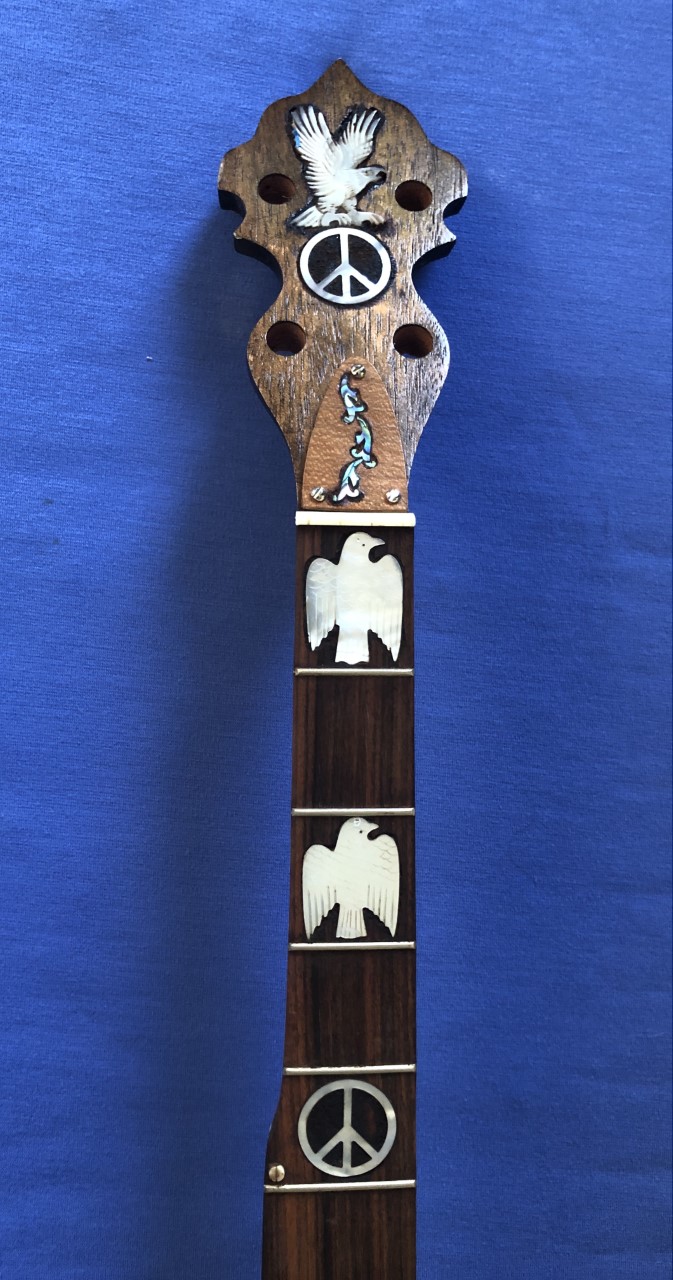 As all BRC instruments are one-of-a-kind products, a third peace-oriented banjo neck (above) crafted recently was installed as a decoration over the entrance of the BRC workshop to welcome visitors.
As all BRC instruments are one-of-a-kind products, a third peace-oriented banjo neck (above) crafted recently was installed as a decoration over the entrance of the BRC workshop to welcome visitors.
